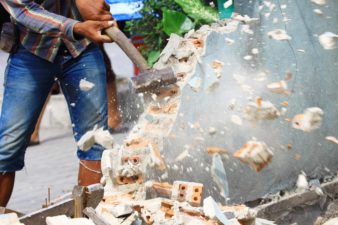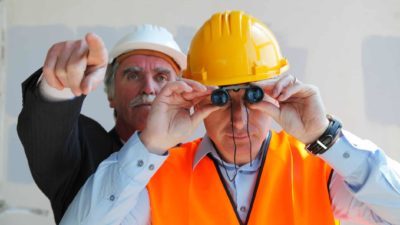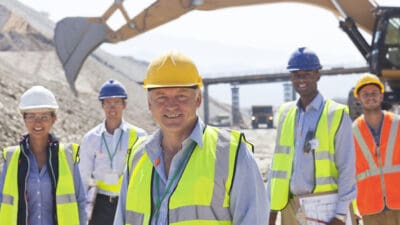The largest iron ore miner in the Pilbara released its strategy presentation last night and there are two interesting points that the market may have missed.
While Rio Tinto Limited (ASX: RIO) didn't offer up anything new in its latest update, management did talk about the need to increase investment in the business – something that will no doubt please our Federal Treasurer Josh Frydenberg as he wants companies to spend more to stimulate growth.
What's more, the many of the reasons offered by Rio Tinto to justify the increase in capital spend would apply to others in the sector, such as Fortescue Metals Group Limited (ASX: FMG) and BHP Group Ltd (ASX: BHP).
Increasing investment spend across the sector
What this means is that miners may have less cash to spend on capital returns to shareholders, which includes special dividends and share buybacks.
Don't get me wrong, this isn't a bad thing for those taking a longer-term investment view on the sector, but some could be disappointed as our largest miners have spoilt us rotten over the past two years with a big cash splash.
The reluctance of management to spend and high commodity prices provided the cash windfall, but this could be changing as Rio Tinto is warning that it will need to dig deeper and invest in greenfield projects to keep up with demand.
Further, there's a fleet of aging equipment that needs to be upgraded. Miners have been repairing equipment to get them to last beyond their recommended lifecycle but perhaps they are getting close to a point where they can't squeeze any more blood from stone.
Mines depleting faster than expected
This takes me to the second key takeaway. It appears predictions of an iron ore price crash by some bears may be an exaggeration. In fact, we could see the iron ore price rise from its current level under US$90 a tonne.
This is driven by the faster than expected pace of depletion in the industry as observed by Rio Tinto's chief economist Vivek Tulpule and reported in the Australian Financial Review.
The AFR quoted Tulpule as saying that "given substantial reserve depletion over the coming decade, the industry will need significant investment just to meet the demand that is going to be there".
Rising floor to the iron ore price
This upbeat outlook for iron ore demand comes even in the face of the trade-war induced global economic slowdown.
As it's getting more expensive to replace mined ore bodies, one would think that the marginal cost of production in the sector is rising. The marginal cost of production is usually heavily correlated to the price of the commodity in question.
If commodity prices are too low, these marginal producers shut down and supply is taken off the market. The floor for the iron ore price is rising.








